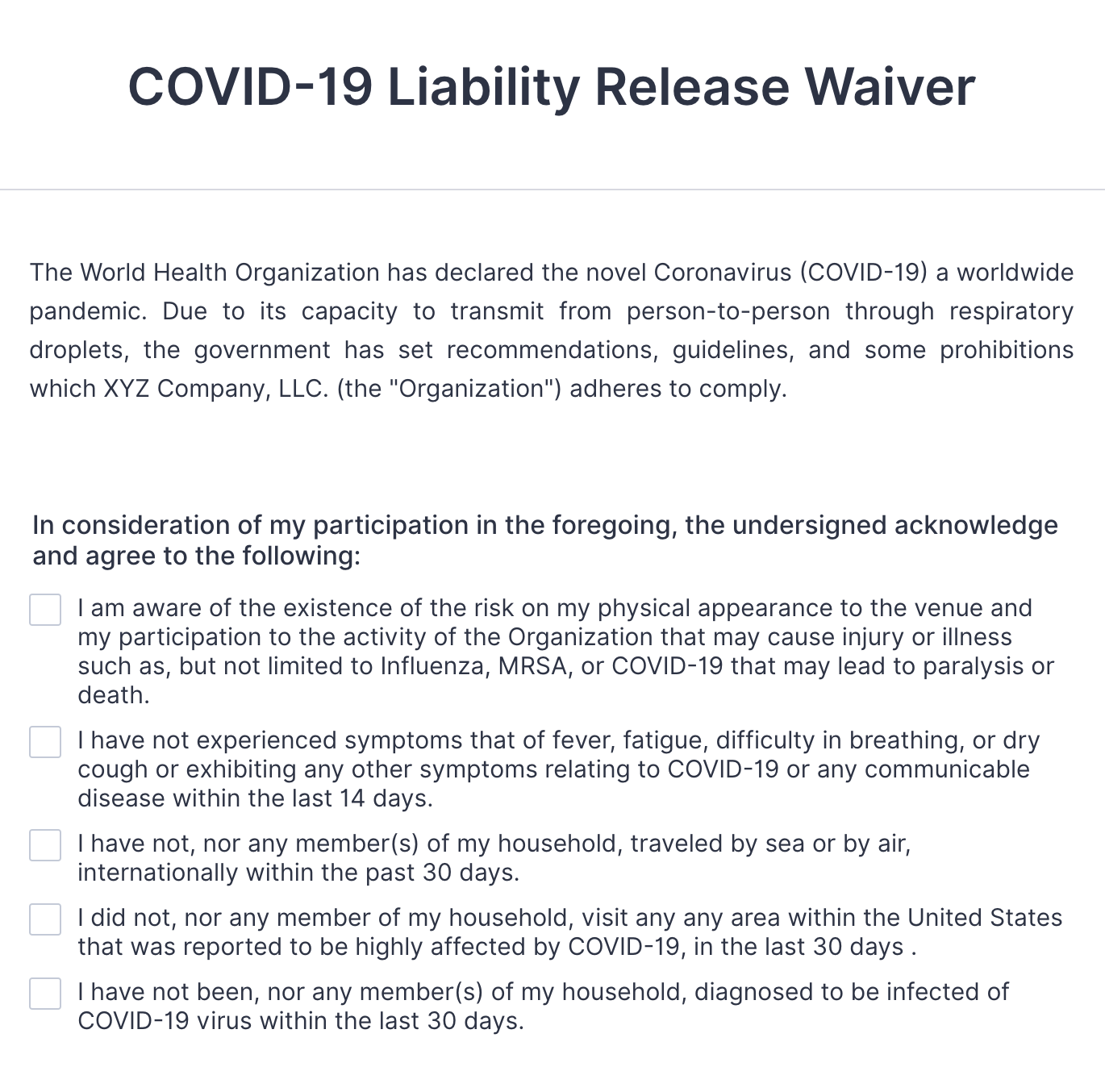Yoga studios across the country had to close their doors because of local COVID-19 mandates. Now, many states are lifting these orders, giving people the option to attend local fitness classes. Even though businesses have permission to open once again, it’s important to follow specific safety standards for a yoga studio reopening.
Because of the close contact between participants, yoga studios must be cautious when reopening. Not only does your studio need to be proactive in limiting the risk of spreading illness among students, but safe reopening practices protect your business so you can remain open in the future.
Attendance restrictions
Just because your yoga studio is open doesn’t mean you can fill the room to the same capacity you did before the pandemic. Limit the number of people allowed in each room to ensure plenty of space for social distancing.
Also, place markers on the floor so people know where to position their yoga mats. Using a strategic layout with yoga mats allows you to include a few more people in each class.
Online class reservations
When you’re limiting in-person contact, a reservation process is helpful to inform class members when room is available in the studio. You want to avoid turning people away from the studio and disappointing them because a class is already full. You can do that by creating an online check-in system.
As part of your announcement about the studio reopening, share a website link where students can register for the classes they would like to attend. For example, this yoga class registration form is simple to use, and it helps you track your headcount for each yoga session.
Studio time limits
Minimize the amount of time people linger in the lobby by keeping the studio doors locked. For example, open the doors 10–15 minutes before class, then lock the doors while class is in session.
It can be helpful to place social distancing reminders in the lobby area. When the weather is nice, consider offering patio seating where participants can cool down after their classes.
Self-check before class
Ask instructors and staff members to complete a self-check assessment before coming to the studio. You can use an online COVID-19 screening form to check for symptoms. Regular self-checks minimize the risk of an infected person passing the virus to others in the studio.
Yoga studios in harder-hit areas are also asking students to fill out self-check questionnaires before attending in-person classes. Consider checking students’ temperature when they arrive at the studio.
Anyone who tests positive for COVID-19 — or is in close contact with someone who has — shouldn’t attend classes in the studio. Consider offering streaming online classes for those who would like to attend from home.
Studio cleaning practices
Ask participants to wash or sanitize their hands before class. Provide soap and sanitizer to make it easy to complete this important step before each yoga class begins.
Implement a regular cleaning schedule after each class to sanitize the surfaces in every room. Use EPA-approved disinfectants.
Equipment use
In the past, studios provided yoga accessories — such as bolsters, blocks, and mats — for clients to use. Part of your yoga studio reopening policy might be to eliminate these community items in the studio. Invite participants to bring their own accessories if they would like to use them in class.
Mask policy
Post signs on the entry doors that ask everyone to wear a mask in the lobby and restroom areas of the studio. Students may remove their masks during the yoga class if they are maintaining social distancing.
Keep in mind that some states are requiring the use of masks at all times. So you might need to require masks during class as well.
Participation consent
Limit your liability by requiring students to sign a consent form before participating in yoga classes. This form gathers personal information about each participant. Additionally, a clear disclaimer states that the instructor and yoga studio aren’t liable for any injury, illness, or damages that occur as a result of participating in classes.
Use this consent form when a person starts taking classes. Keep the documents on file while the person is participating in studio classes. This consent form is necessary even when a customer only pays for a day pass.
While specific policies and local safety requirements vary, the health principles remain the same: Limit exposure by maintaining distance between participants and teachers.
Even though yoga classes will look a little different than before, it’s possible to keep your studio open by using recommended health and safety practices. Online forms and tools are an effective way to support your customers and promote safe practices for everyone who chooses to visit your studio.










































Send Comment: